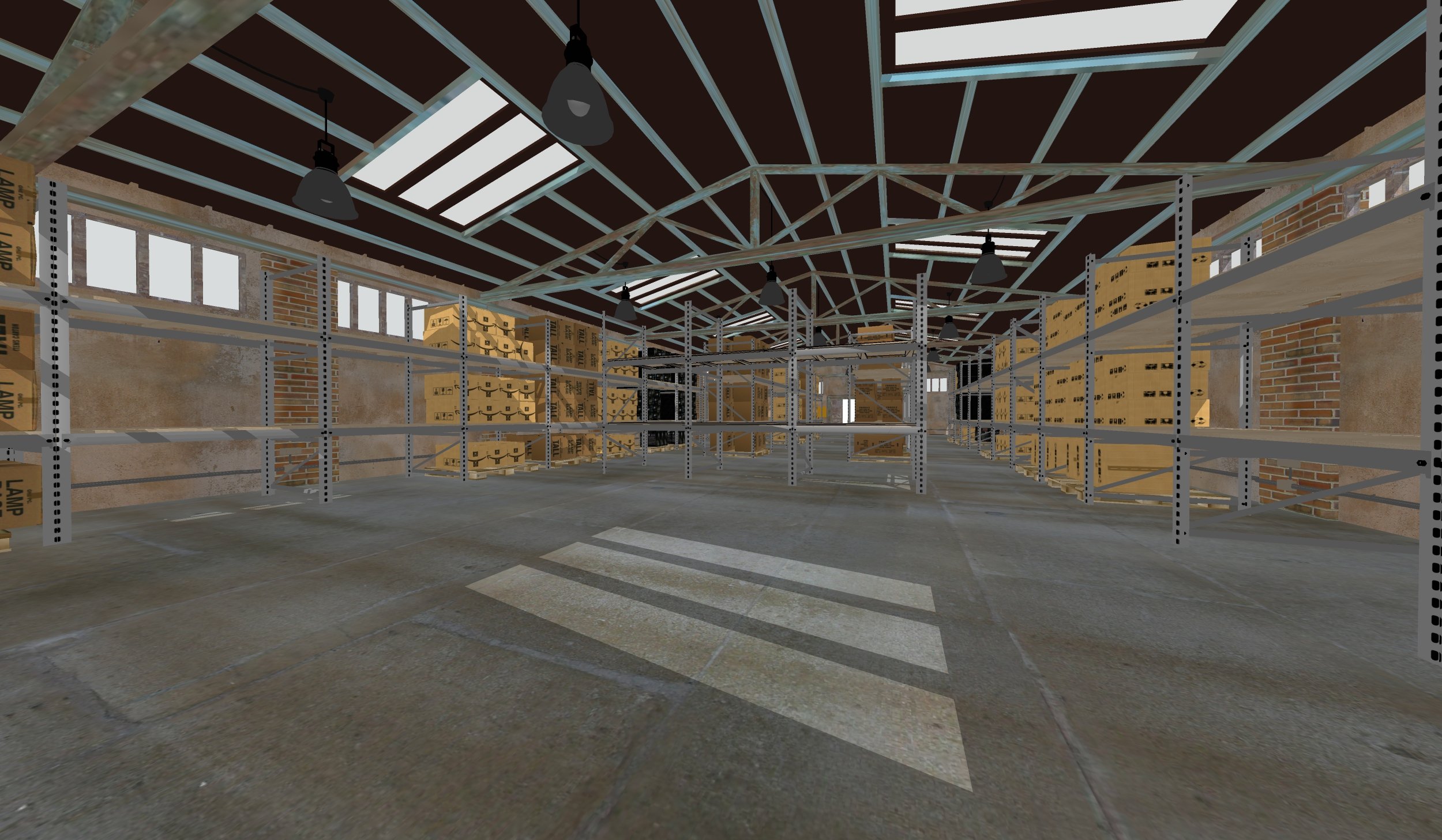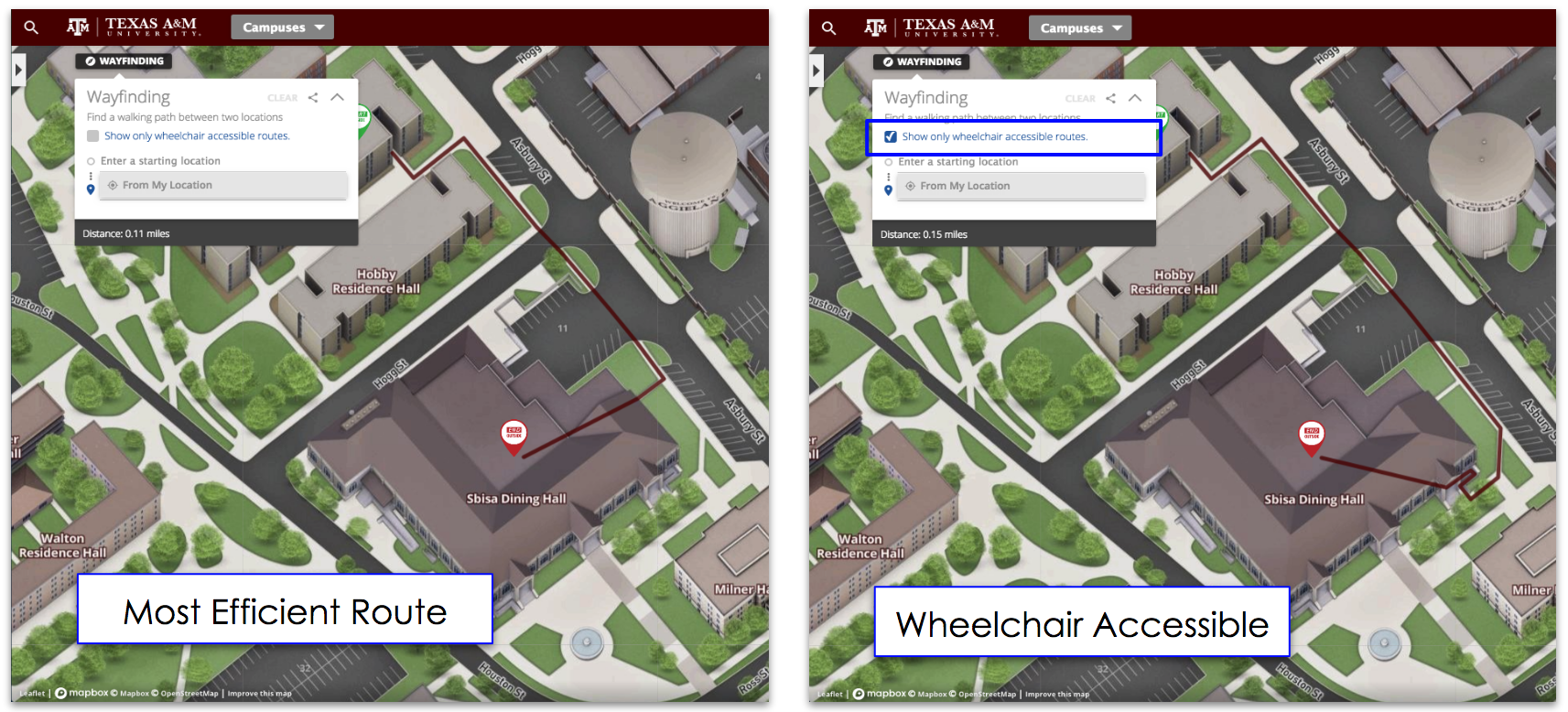Healthcare has been in the news a ton recently, and many of those stories focus on rising insurance premiums and deductibles. As costs rise for many patients, they're beginning to treat the provision of healthcare in much they same way they treat other consumer choices—prudently, and with an eye toward value. As Advanced MD noted recently:
"Providing a positive patient experience has become a top priority in healthcare. As premiums rise and patients become responsible for more of their healthcare costs as a result of escalating deductibles, they are becoming healthcare consumers. They will shop around for medical care like they comparison shop for cars, electronics, and other goods and services."
Technology to the Rescue
An increasing number of healthcare providers are finding innovative ways to improve patient experience through the adoption of new technologies, including those which improve communication, entertainment options, and access to key medical and financial information.
These three new technologies are changing the game when it comes to the patient experience in the healthcare industry:
1. Bedside Infotainment Units
It's paradoxical, but true: given the strides made in adoption of healthcare technology in recent years, the one area which has seen little change for decades is patient accommodations. Most hospital rooms, for example, are still equipped with a standard television and telephone. Understandably, patients wonder why their communications and entertainment options lag behind those they would have in their own living rooms!
That's now beginning to change at many forward-leaning hospitals with the adoption of the so-called bedside infotainment unit. The terminal combines the functions of a television, computer, phone, and nurse call button. Patients can access these improved functions easily, using an intuitive touchscreen technology.
Specifically, bedside infotainment units give patients easy access to:
- Enhanced entertainment options: Patients can now download movies and videos, access the internet, follow local and national news stories, listen to their favorite music, play their favorite games, and even shop online. They can also (if their doctors approve) complete work-related tasks, like checking and responding to professional email.
- Advanced communications: Some units enable advanced communications with both healthcare staff and family members. Patients also have access to a chat feature and can make conference calls or use the webcam feature for video chat or video conferencing.
- Environmental control: If a patient wants to change his room temperature, adjust the lights, or open window blinds, they can now do so without calling for a nurse.
Some would argue that access to entertainment and communication options is relatively inconsequential. An increasing number of providers, however, counter that the new units are effective in relieving stress and boredom, and that doing so promotes a positive outlook and faster recoveries.
Furthermore, the unit is also a useful clinical tool for nurses and physicians. It provides access to important patient data, which enables input to update the patient's condition.
2. Mobile Technology for Patients and Families
The quality of communication between healthcare providers, patients, and families is critical to an improved patient experience. Again, technology is providing a solution to make communications more effective, in this case through mobile applications.
 For example, at the Orlando Health Arnold Palmer Hospital for Children, clinicians developed a mobile app which provides real-time updates on surgical procedures to families waiting outside in adjacent rooms. Surveys conducted by the hospital show that both patients and families feel that this method of communication is superior. Additionally both doctors and nurses found it more reliable and effective.
For example, at the Orlando Health Arnold Palmer Hospital for Children, clinicians developed a mobile app which provides real-time updates on surgical procedures to families waiting outside in adjacent rooms. Surveys conducted by the hospital show that both patients and families feel that this method of communication is superior. Additionally both doctors and nurses found it more reliable and effective.
Other mobile applications to improve both patient and family's experience:
- Point -to - point directions from the parking lot to appointment, walking directions for internal wayfinding helps families find their family members with less stress.
- Better informed and comfortable patients prior to planned hospitalizations, patients can walk themselves virtually through their path through the hospitals with simple virtual tours to fully immersive virtual reality
- Better communication of events, amenities, and other hospital information for patients and families
3. Centralized Records and Billing
When patients need access to key medical and financial information, they don't want to wait for protracted periods of time to get it. Furthermore, they want to be assured that the information they get is accurate.
When healthcare providers switch to electronic records and centralize their patient medical records and billing information, they can provide this level of assurance. No matter where patients are when they request such information, the provider can quickly access it by simply contacting the records department through either an online portal or email exchange.
Equally important to the quality of the patient experiences the fact that when medical records and billing documents are centralized, they're also more secure. Once the relevant information is entered into the system, it is essentially "locked," with only members of the records department having access. By decreasing the number of staff with access, the chances for security breaches are dramatically reduced, something providers can advertise to prospective and current patients.
Conclusion
These new healthcare technologies may not address every challenge—or solve every problem—that patients and healthcare providers encounter. They will, however, go a long way in improving the quality of the healthcare patients receive. This will increase their trust in healthcare providers, and by extension make those providers more competitive in the new healthcare marketplace.
At concept3D, we have several clients using our platform as a patient and family facing map but behind the scenes our clients are using data integration to spatially visualize data from Bedside Infotainment Units to improve patient experience. With an increasing connected world there are endless ways to use more data to make your health care facility even more competitive.
Are you looking for more information about new healthcare technologies and their role in improving your business?
Topics: Wayfinding, Interactive Virtual Experiences, Content Management System



